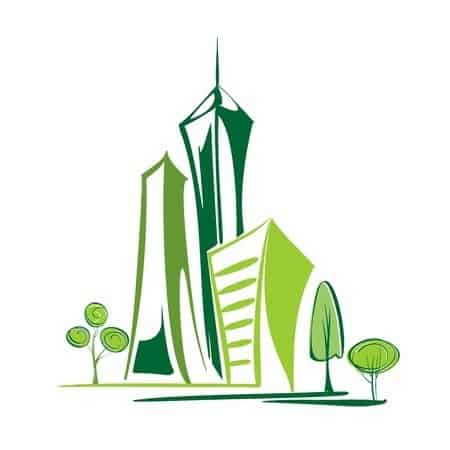Property Management News

The coronavirus pandemic taught many apartment owners and developers how to make their properties safer, healthier places for their residents to call home. During the pandemic, owners and managers spent thousands of dollars to scour and disinfect their apartment communities—that’s unlikely continue once the pandemic is over. But many are taking care to make sure their communities have features like good air quality. Some are investing in the certifications that show off the healthy, sustainable design features of their properties. They are finding a growing number of renters, especially older adults, who are interested in healthy living—and a few who are willing to pay more to live in... Read more
Attention, landlords! You may soon be financially responsible for your building’s greenhouse gas emissions. In 2019, the New York City Council passed Local Law 97,...
The Metropolitan Council is seeking building owners who are interested in solar and open to increasing the number of units eligible for Section 8 vouchers. A regional...
Whether you or your tenants are paying the heating bills, it’s a significant expense; heating accounts for about 42 percent of our energy consumption. With winter...
The legislation is backed by state environmental groups and regulators but opposed by the real estate lobby. Connecticut environmental regulators are backing legislation...

“We think it’s safe to say it’s [also] the greenest student facility in the country,” said Jason Wills, chief marketing officer of student housing REIT American Campus Communities which developed the project. Wills adds, “Sustainability can be comfortable, homey and affordable. It does not have to feel different or compromised. Plaza Verde is a perfect example of that.” The fully furnished apartments at the five-story, 1,441-bed property were designed with the convenience—and budgets—of students in mind. They do not have to pay a premium to live in LEED Platinum housing. Starting at $789 per person, Plaza Verde’s rents are in-line with other ACC-Irvine projects and,... Read more
Regardless of the age of the property, apartment life offers many advantages for individuals and for the greater community, especially for those seeking a greener,...
U.S. Energy Information Administration Administrator Linda Capuano told the Energy and Water Development Appropriations Subcommittee in the U.S. House of Representatives...
Staying one step ahead in the uncertain and competitive real estate space can be a challenge. We started out the year with many experts predicting that sustainability...
Benchmarking utilities has become a way of life in multifamily. Not long ago, the EPA introduced its Portfolio Manager, a repository for a commercial property’s...







 Accessibility
Accessibility